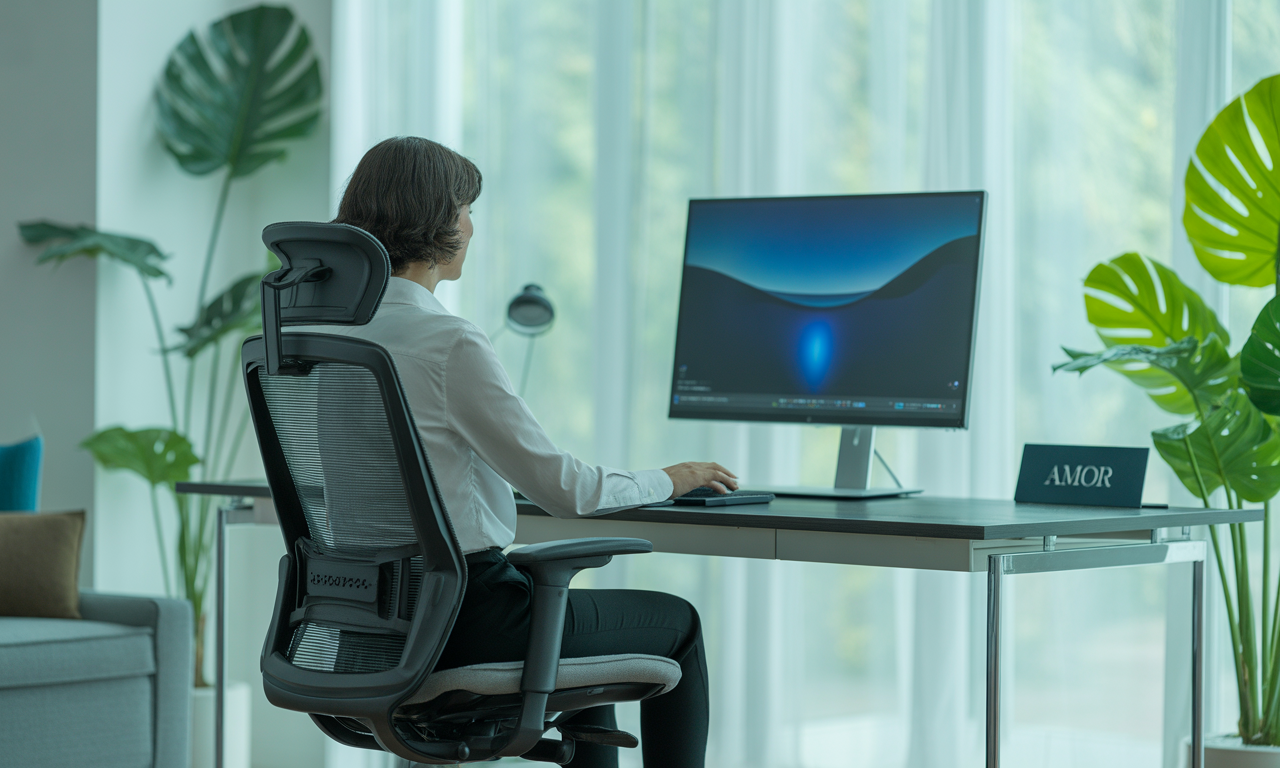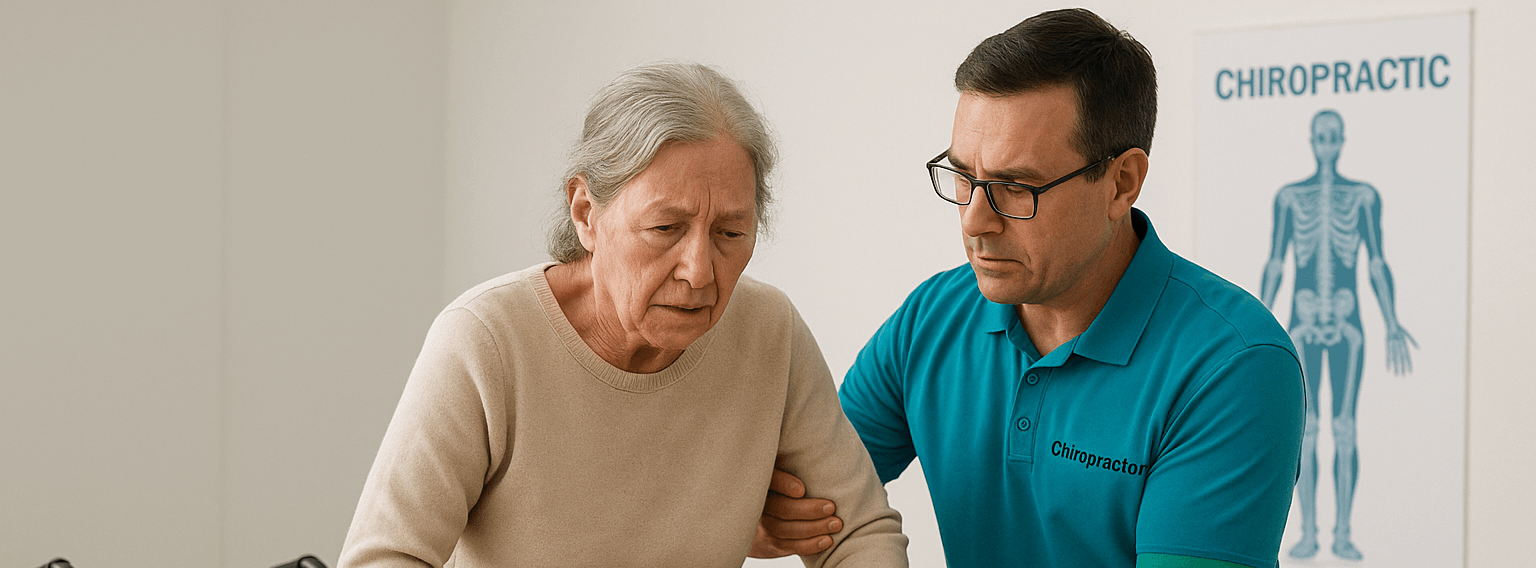Standing desks have become the go-to solution in our battle against sedentary office life. Touted as a cure-all for back pain, poor posture, and even weight gain, these desks are everywhere—from trendy tech startups to home offices. But here’s the million-pound question: Are standing desks actually good for your posture—or are they just another ergonomic gimmick?
At Upright Posture, we treat posture from its roots—not with fads or half-measures. This article strips away the hype and dives into the real effects of standing desks on posture, particularly through the lens of Advanced BioStructural Correction™ (ABC).
Jump to:
TLDR – Quick Guide
- Keyword Focus: Standing desks posture
- Core Idea: Standing desks aren’t automatically posture-friendly. It depends on how your body is aligned to begin with.
- Main Argument: Standing may reduce sitting time, but without structural correction, it won’t fix—and might worsen—your posture.
- Bottom Line: Standing desks are tools, not solutions. Correct posture first, then choose your workstation strategy.
Detailed Breakdown
What’s Really Behind Poor Posture?
Slouching doesn’t start at your desk. Most postural issues begin with misalignments in the spine that your body can’t correct on its own. Over time, gravity and habitual movement patterns lock those misalignments in place. That’s why simply standing more often doesn’t guarantee improved posture.
The Standing Desk Hype: What’s True?
- Pros:
- Reduces prolonged sitting
- Encourages movement and circulation
- May burn slightly more calories than sitting
- Reduces prolonged sitting
- Cons:
- Standing still for hours isn’t much better than sitting
- Can shift strain to knees, hips, and lower back
- Doesn’t address why you slouch in the first place
- Standing still for hours isn’t much better than sitting
Think of it this way: A crooked spine won’t magically realign just because you’re vertical.
ABC Perspective: Structure Comes First
From our clinic’s experience, standing desks offer minimal long-term posture benefit without structural correction. Through Advanced BioStructural Correction™, we realign the spine so your body can actually maintain upright posture—whether you’re sitting, standing, or moving.
Once the body is structurally corrected, tools like standing desks become supportive, not corrective.
Better Ergonomics Starts With Your Body
Instead of overhauling your office furniture first, focus on:
- Assessing your structural alignment with a professional trained in ABC
- Alternating sitting, standing, and walking throughout the day
- Ergonomic basics: monitor at eye level, arms at 90 degrees, feet flat, shoulders relaxed
- Regular movement breaks (stretching, walking, squatting)
Key Takeaways
- Standing isn’t posture correction. You can still slouch or hunch—just vertically.
- Posture problems stem from structural misalignments that your body can’t self-correct. That’s what ABC targets.
- Alternating between sitting and standing (with movement breaks) is better than prolonged time in either position.
- Standing desks won’t reverse chronic pain caused by spinal distortions or misalignments.
- Want better posture? Fix the structure first, then adapt your environment—not the other way around.
FAQs
1. Do standing desks improve posture?
Not necessarily. Standing may reduce the damage caused by prolonged sitting, but it doesn’t fix underlying spinal misalignments. True posture improvement requires correcting your body’s structure.
2. Is it bad to stand all day at work?
Yes, it can be. Just like sitting too long, standing in place for hours puts strain on your joints and muscles. Movement is key—switching positions is better than staying static. When standing, your footwear plays a major role in your posture. Many types of footwear, including, trainers, crocs, and slippers, make your posture collapse. If working from home, it’s best to go barefoot. Some people are even sensitive to the type of flooring. Thick mats or carpets can make your body slump, ache and feel tired compared to a harder surface.
3. What’s the best setup for a standing desk?
The ideal setup keeps your screen at eye level, arms at a 90-degree angle, and your spine upright—without tension. A footrest or anti-fatigue mat can help shift your weight and reduce strain.
4. Can poor posture be reversed?
Absolutely—but not with stretches alone. Posture can be corrected long-term by addressing the root cause—structural misalignments in the spine. That’s exactly what Advanced BioStructural Correction™ is designed to do.
5. What if I already have back pain—should I still use a standing desk?
Not until you know what’s causing the pain. If the issue is structural, standing could make it worse. Get assessed by a practitioner trained in ABC before deciding.






